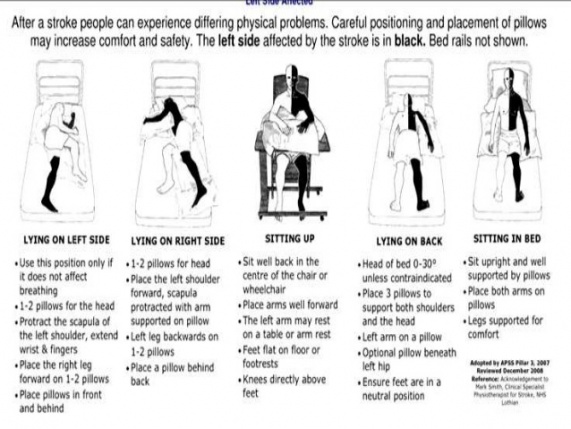Floor To Chair Transfer Hemiplegia
Left hemiplegia damages the right side of the brain which affects the left side of the body.
Floor to chair transfer hemiplegia. In a passive transfer the client does not or cannot assist with transfer. Grasp middle of far arm of wheelchair 7. An additional chair could be placed behind you if you have difficulty turning. Push up to get both feet on the floor.
For transfers across a larger gap such as between a wheelchair and a car seat a long transfer board may be needed. Supine to sit transfer. Before attempting to get up someone should bring a chair close to you if needed so that you can use it for support to get up. Stroke is a common cause of hemiplegia.
Floor transfer instructions page 2 7. This paralysis affects a hemiplegic s mobility and some hemiplegics need help transferring from floor to chair. Enjoy the videos and music you love upload original content and share it all with friends family and the world on youtube. Hold onto the chair at all times.
A standing or sitting transfer can be used to transfer a client from the chair to bed. Carefully begin to turn in order to sit on the chair. Bed to chair chair to ambulation device or chair to toilet. Lean trunk forward pushing down on handrail or wheelchair armrest nearest bed.
After you are standing you can sit on the chair without having to turn. A sitting transfer means that the client remains in a sitting position when transferred. Patient transfer boards come in a variety of shapes and lengths. Hemiplegia causes paralysis on either side of the body.
Raise onto knees by propping hands on chair. Fall related injuries are mostly non fatal but can also be fatal. A fall is as an event which results in a person coming to rest inadvertently on the ground or floor or other lower level. Safety if two assist is needed one can handle legs the other can handle trunk gather necessary equipment priorto sitting up gait belt non slip socks walker etc lower bed once pt is sitting so that pt s feet contact floor keep 1 hand on the pt once in sitting.
Traumatic brain injury spinal cord injury getting back up off the ground and into a chair is one of the most difficult transfers. If the gap is shorter such as between a chair and a toilet seat or bed a smaller transfer board should be enough. Work to get a knee up with the foot flat 8. 1 for many older individuals or those with impairments e g.
Place feet flat on the floor uninvolved foot slightly behind the involved foot.


















